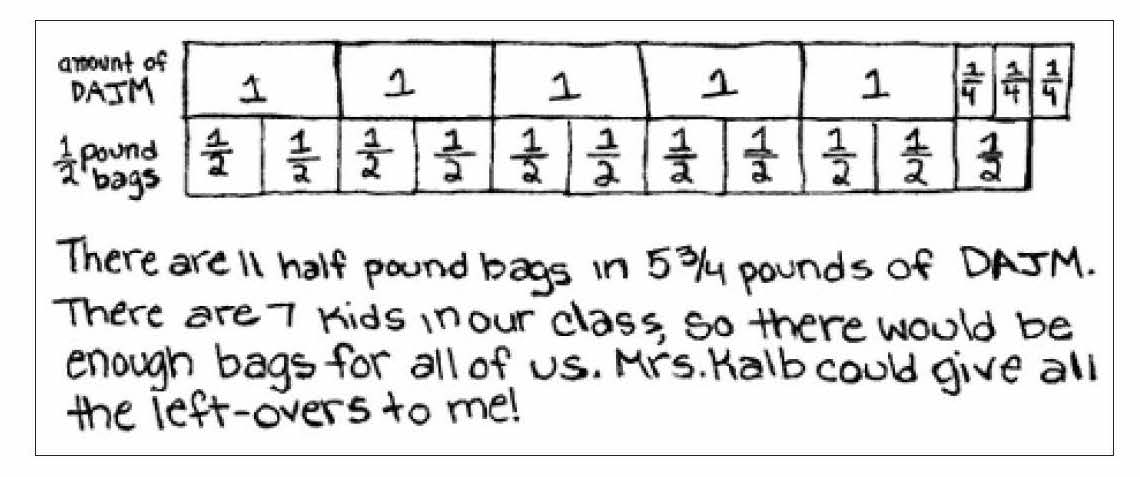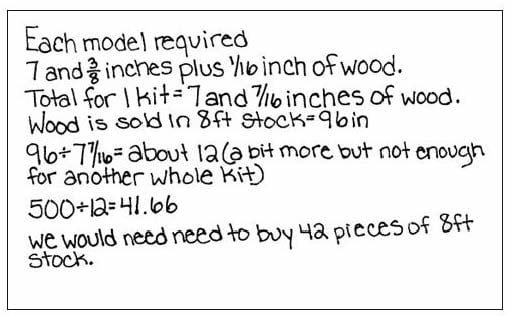If you've been asked to provide a 2:1 equivalent degree, this is the standard UK grading system for degrees. UK degrees are classified out of 100, and are: 1st - 70 or above 2:1 - 60 to 69 2:2 - 50 to 59 3rd - 40 to 49. For equivalent grading for your country, take a.
Next:- Yes, because if you multiply the top and bottom of 1/2 by 3 you get 3/6, so they are equal:) 5.0 3 votes 3 votes Rate! Thanks Comments; Report Log in to add a comment Answer 5.0 /5 3. Ani526 +3 bezglasnaaz and 3 others learned from this answer Yes they are equal to each other unlock 5.0 1 vote 1.
- Body Mass Index (BMI) less than or equal to 45 kilograms/square meter (kg/m^2) Exclusion Criteria: Have type 1 diabetes mellitus; Have been treated with ANY other antihyperglycemic medications (other than metformin) at the time of the first study visit or within the 3 months prior to the first study visit.

1.6.3.1 Overriding equals
As an example of inheritance, consider the methodwhich is defined in the class Object, the superclass of all Javaclasses. Any Java class that is defined without a designatedsuperclass is an immediate subclass of the Object class. In theclass
1.6.3.1 Overriding equals
As an example of inheritance, consider the methodwhich is defined in the class Object, the superclass of all Javaclasses. Any Java class that is defined without a designatedsuperclass is an immediate subclass of the Object class. In theclass ObjectStudies 1 6 2 Equals 2/3
, equals is defined to mean Objectidentity. Two object references are identical if and only if theyrefer to exactly the same object (produced by a particularnew operation).For some classes, identity is the appropriate definition for equality,but for many others it is not. In the built-in class String, the equals method is redefined to compare the sequences of characters instrings, so that copies of the same string are considered equal. Theredefinition of equals only affects the class String andany subclasses that it might have. This selective form of methodredefinition is called method overriding.
Finger Exercise Load the sample program intList into theDrJava Definitions window. Override the definition of equals for both Empty and Cons to match the definitionof the equal? function in Scheme on lists of integers. TheScheme equal? function compares two lists to determine if theycontain the same sequence of elements. Try evaluating a substantialset of test cases in the Interaction window of DrJava.
Exercise Load the saved program file ObjectList into the DrJava Definitions window. Override the definition of equals for both Empty and Cons to match the definitionof the equal? function in Scheme. The Scheme equal?function uses the equal? method to compare elements. Blocs 3 0 3 – visual web design tool.
Next:1.6.4 Help Methods, Packages, Up:1.6.3 Inheritance and the Previous:1.6.3 Inheritance and theCorky Cartwright
2000-01-07
Return to the Lessons Index | Do the Lessons in Order | Print-friendly page |
Composition of Functions:
Inverse Functions and Composition (page 6 of 6)
Sections: Composing functions that are sets of point, Composing functions at points, Composing functions with other functions, Word problems using composition, Inverse functions and composition
The lesson on inverse functions explains how to use function composition to verify that two functions are inverses of each other. However, there is another connection between composition and inversion: Automounter 1 6 5 x 4.
- Given f (x) = 2x – 1 and
g(x) = (1/2)x + 4,
find f–1(x), g–1(x), ( fog)–1(x),
and (g–1of –1)(x).
What can you conclude?
This involves a lot of steps, so I'll stop talking and just show you how it goes.
First, I need to find f–1(x), g–1(x), and ( fog)–1(x):
Advertisement
Inverting f (x):
f (x) = 2x – 1
y = 2x – 1
y + 1 = 2x
(y + 1)/2 = x
(x + 1)/2 = y
(x + 1)/2 = f–1(x)
Inverting g(x):
g(x) = (1/2)x + 4
y = (1/2)x + 4
y – 4 = (1/2)x
2(y – 4) = x
2y – 8 = x
2x – 8 = y
2x – 8 = g–1(x)
Finding the composed function: Copyright © Elizabeth Stapel 2002-2011 All Rights Reserved
( fog)(x) = f (g(x)) = f ((1/2)x + 4)
= 2((1/2)x + 4) – 1
= x + 8 – 1
= x + 7
Inverting the composed function:
( fog)(x) = x + 7
y = x + 7
y – 7 = x
x – 7 = y
x – 7 = ( fog)–1(x)
Now I'll compose the inverses of f(x) and g(x) to find the formula for (g–1of –1)(x):
(g–1of –1)(x) = g–1( f–1(x))
= g–1( (x + 1)/2 )
= 2( (x + 1)/2 ) – 8
= (x + 1) – 8
= x – 7 = (g–1of –1)(x)
Note that the inverse of the composition (( fog)–1(x)) gives the same result as does the composition of the inverses ((g–1of –1)(x)). So I would conclude that
( fog)–1(x) = (g–1of –1)(x)
While it is beyond the scope of this lesson to prove the above equality, I can tell you that this equality is indeed always true, assuming that the inverses and compositions exist — that is, assuming there aren't any problems with the domains and ranges and such.
Studies 1 6 2 Equals 1
<< PreviousTop |1 | 2 | 3 | 4 | 5 | 6 | Return to Index
Studies 1 6 2 Equals 1/3
Cite this article as: | Stapel, Elizabeth. 'Inverse Functions and Composition.' Purplemath. Available from |
